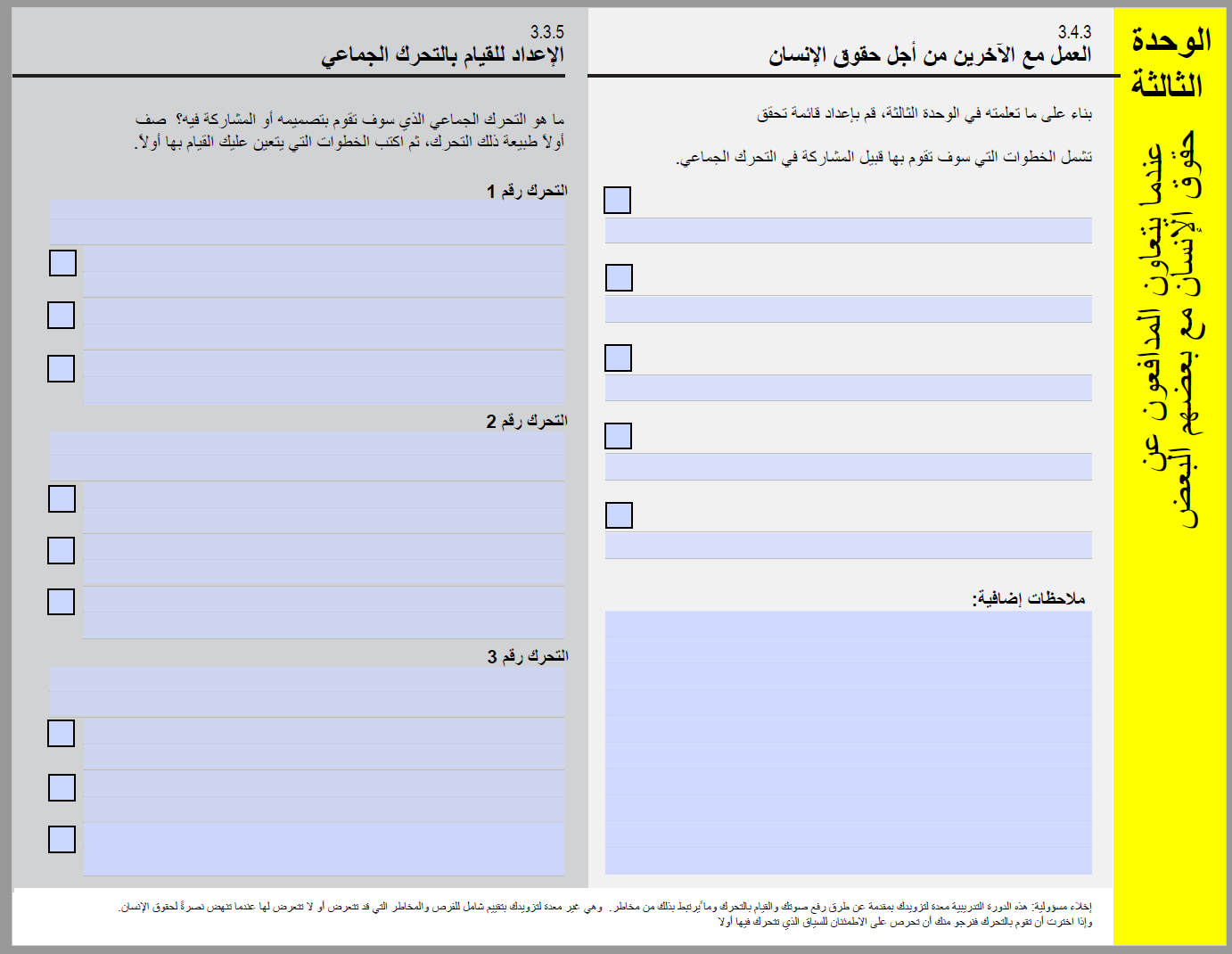HUMAN RIGHTS DEFENDERS MOOC
A global community speaking up for Human Rights
Learners were asked to drop a marker and share why they were inspired to take part in the Human Rights Defenders course.
THE OPPORTUNITY
Human Rights are being infringed upon more now than they have ever been in recent history. More than 300 Human Rights Defenders (HRDs) were killed in 2017 alone, and many more face suppression by the state and various hate groups. This increase in violence toward HRDs revealed an interesting challenge that Amnesty International wanted to tackle with an online course for Human Rights Defenders. How could we help those with the desire to defend human rights understand why it is important, and equip them to take action?
My Role: Project Manager, Copywriter
Tools Used: edX, Google Docs, Adobe Illustrator
THE PROCESS
Gathering knowledge
The design phase for this project began with internal meetings between the strategy and creative teams. We received and read documents from the client, read stories about Human Rights Defenders on their website, and relied heavily on the expertise of the Amnesty education team. During this process, one major consideration to be mindful of was Amnesty's global user base. The organization's website was fully-functional in four languages: English, French, Spanish, and Arabic. For consistency and translation's sake, the language used to write the course needed to be extremely simple and concise.
Defining the scope
Amnesty International created online courses in the past, that were considered widely successful in informing learners on issues such as immigrant rights and freedom of speech. This time, because of the violence toward HRDs, this course would require its learners to take bold action in their local communities. With this in mind, we created a high-level outline of the course contents:
Module 1: What is a Human Rights Defender? - learners explore the threats that HRDs face through storytelling.
Module 2: Using Your Voice to Speak Up in Defense of Human Rights - learners are challenged to craft a plan for defending human rights.
Module 3: Working with Others for Human Rights - learners identify unjust state actions and think of creative ways they can take collective action.
Module 4: Systems - learners explore the obligations that States have to protect HRDs.
The course progresses by taking learners from analyzing their context as individuals, to taking collective action against state injustice.
Building an actionable toolkit
At the end of each module, students added ideas to defend human rights to their toolkit -- an individualized guide for taking action after the course.
User testing
A mission-critical step was to make the course iterative to accommodate for learner needs. After writing core content, we sent a beta course to a sample of learners from past Amnesty MOOCs to capture feedback. Learners shared their excitement for toolkits, and their desire for more resources about online security.
THE OUTCOME
The 4-part course launched at the end of 2017, with participants hailing from all corners of the globe.
Please see some elements from the course below, and view the live course here.
Infographics
Case Exercises
IN RETROSPECT…
Maintaining clarity while working with international teams is essential because language and cultural barriers can negatively impact communication.
User testing is neither preparation nor validation, but an ongoing process in building a transparent relationship with the user.
Stories can capture attention and inspire users, but interactive content can empower them to get some skin in the game.



